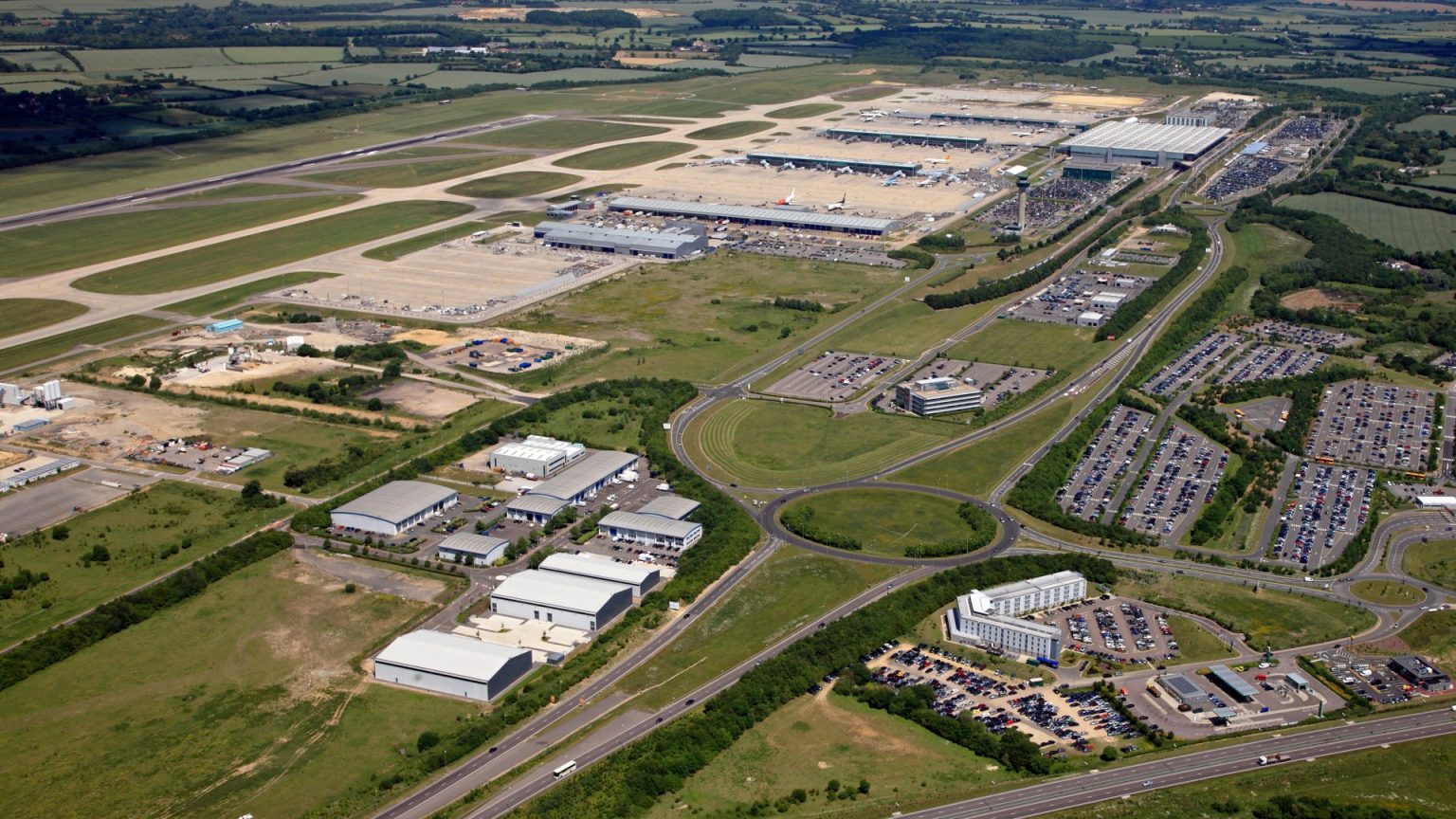London Stansted Airport has unveiled ambitious plans to significantly expand its passenger capacity over the next 16 years, aiming to accommodate 51 million passengers annually by the 2040s, a substantial increase from the current 29.3 million. This growth strategy, detailed in the airport’s Sustainable Development Plan, focuses on maximizing existing infrastructure and optimizing operations, rather than expanding the airport’s physical footprint. Stansted intends to achieve this growth by encouraging airlines to utilize larger aircraft, effectively increasing passenger numbers per flight without increasing the permitted number of flights or requiring new runways. This approach emphasizes efficiency and sustainability, aiming to minimize environmental impact while accommodating rising passenger demand.
The core of Stansted’s expansion strategy lies in a substantial £1.1 billion investment earmarked for airport renovations over the next five years. Of this investment, £500 million will be allocated to enhancing the existing terminal, while the remaining funds will be used to upgrade other key areas of the airport, including the security hall, gate rooms, and taxiways. These renovations will expand the terminal’s size by a third, creating more space for passengers and airlines, improving the overall travel experience, and increasing operational efficiency. The expansion project is expected to commence in 2025, with an anticipated completion timeline of two to three years.
This ambitious development plan aims to position Stansted as a key player in the UK aviation landscape, connecting London and the East of England to a wider network of global destinations. The airport anticipates welcoming millions more visitors to the UK, boosting tourism and economic activity in the region. This growth is also expected to create new job opportunities and further stimulate economic development in the surrounding areas. Stansted’s managing director, Gareth Powell, highlighted the airport’s current success in attracting passengers due to its diverse range of destinations, competitive pricing, and excellent connectivity to central London and the East of England. The airport intends to further expand its route network by attracting new airlines and adding more flight options.
In addition to physical infrastructure improvements, Stansted is committed to promoting sustainable transportation options. The airport’s target is for half of all journeys to and from the airport to be made using public transport. This commitment aligns with broader environmental goals and aims to reduce traffic congestion and emissions. To facilitate this, Stansted will soon implement contactless payment options for rail travel to the airport, including Oyster Card, Apple Pay, and bank cards. This initiative will streamline the travel process for passengers and encourage greater utilization of public transport. Currently, passengers travelling to the airport by train must purchase separate tickets, a system different from the contactless payment methods used throughout London’s public transport network.
Stansted’s recent growth trajectory has been marked by the introduction of new airlines and routes. British Airways returned to Stansted in 2024 with flights to Ibiza, Florence, and Nice, while Royal Jordanian Airlines launched a route to Amman. Sun Express established flights to Izmir, and Jet2 introduced a route to Tivat in Montenegro. Ryanair expanded its network with flights to Sarajevo, and Emirates opened a new £4 million lounge at Stansted. These additions demonstrate Stansted’s growing appeal to both established and emerging airlines, reflecting the airport’s strategic importance and potential for further expansion.
The broader context of airport development in the UK includes similar expansion projects at other major airports. Manchester Airport is currently undergoing a £1.3 billion transformation, which includes the construction of larger terminals and the addition of new restaurants. These developments across the UK’s aviation network reflect the growing demand for air travel and the commitment to modernizing airport infrastructure to meet future needs. These investments aim to improve passenger experience, enhance operational efficiency, and strengthen the UK’s position as a global aviation hub. Stansted’s ambitious expansion plan positions it as a leading contributor to this growth, with its focus on sustainable development and enhanced connectivity setting the stage for continued success in the years to come.











